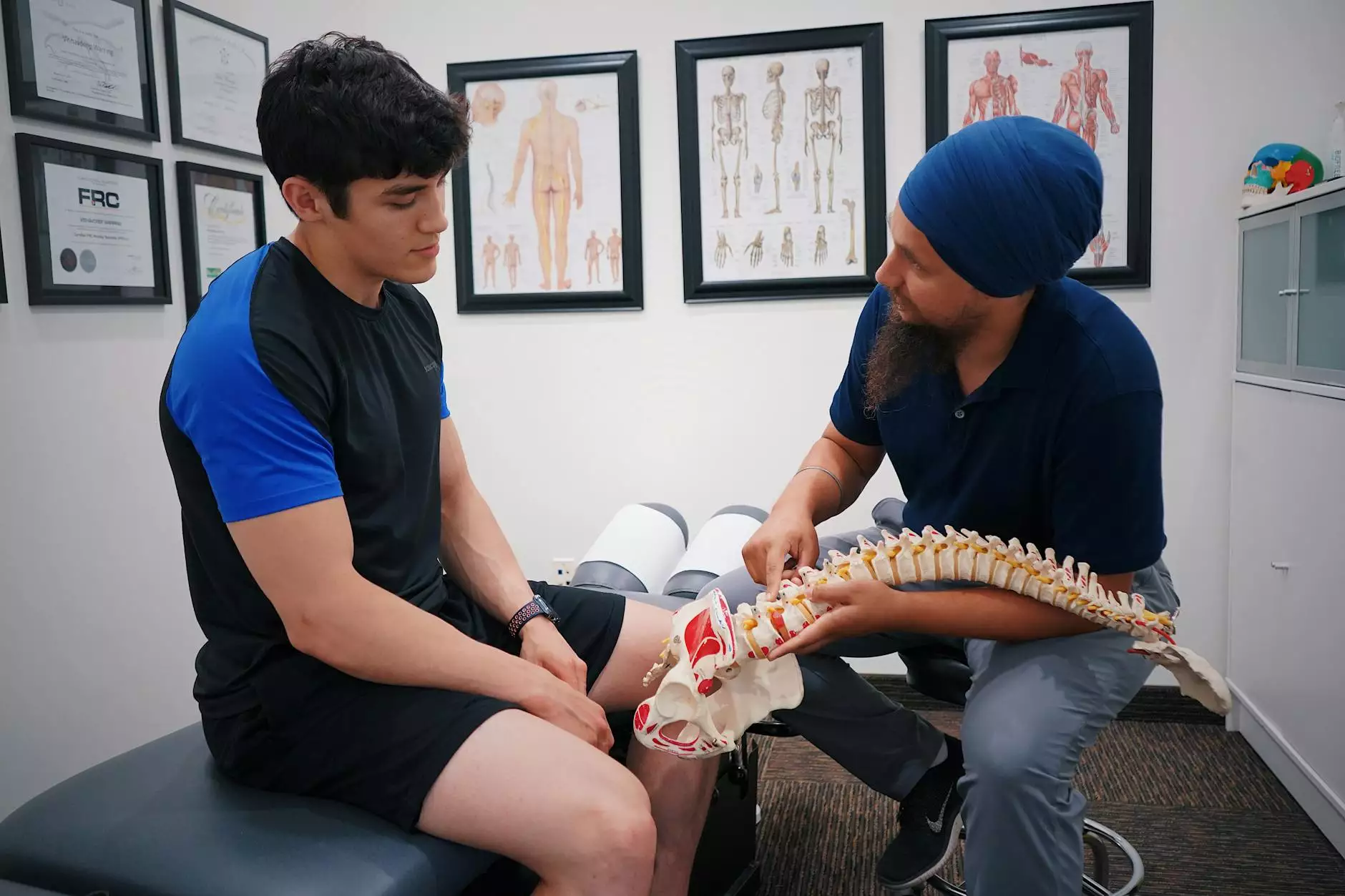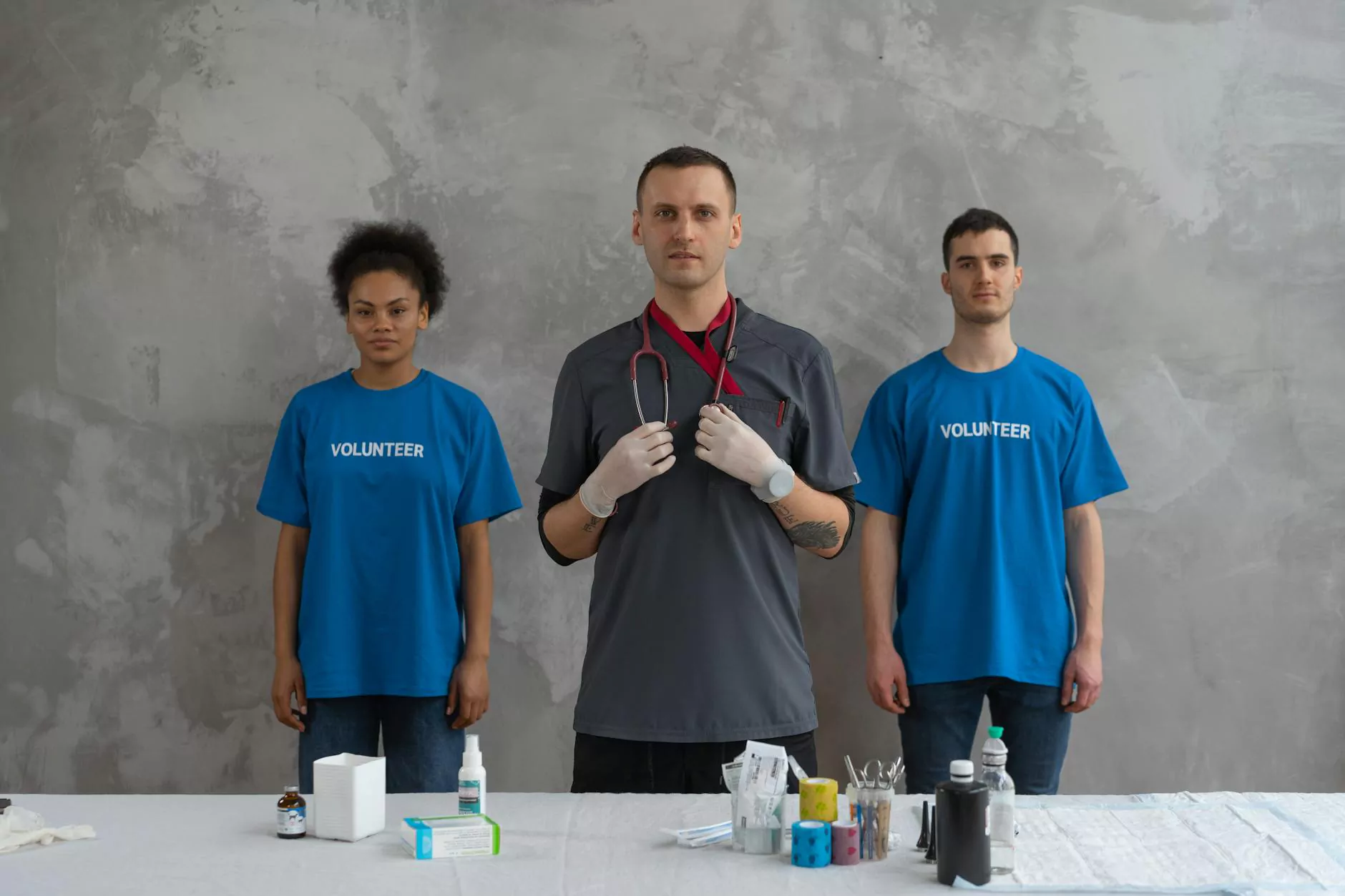Cystoscopy for Adult Patients

Introduction
Welcome to Foley James D MD, your trusted source for comprehensive medical care and patient education. In this section, we will delve into the topic of cystoscopy for adult patients. Our expert team is dedicated to providing you with all the necessary information about cystoscopy, its benefits, and how it can help diagnose and treat various urological conditions.
Understanding Cystoscopy
Cystoscopy is a common medical procedure that allows doctors to examine the inside of the urinary bladder and urethra. It involves the use of a thin, flexible tube called a cystoscope, which is inserted into the urethra and guided into the bladder. The cystoscope has a camera that transmits real-time images to a monitor, enabling the doctor to visualize the interior of the urinary tract.
When Is Cystoscopy Needed?
Cystoscopy is performed for diagnostic, therapeutic, and surveillance purposes. It helps in the diagnosis of conditions such as urinary tract infections, bladder stones, urinary incontinence, and bladder tumors. Additionally, cystoscopy allows for the treatment of certain bladder conditions and the monitoring of ongoing treatment progress.
The Cystoscopic Procedure
Prior to the cystoscopy, the patient may be asked to empty their bladder. Local anesthesia may be applied to minimize discomfort during the procedure. The cystoscope is then inserted into the urethra, and the doctor will carefully guide it to reach the bladder. As the cystoscope advances, the bladder is slowly filled with sterile liquid to ensure optimal visualization.
During the cystoscopy, the doctor will thoroughly examine the bladder for any abnormalities, such as tumors, inflammation, or signs of infection. Tissue samples (biopsies) may be collected if necessary for further analysis. The procedure is typically well-tolerated and lasts about 15 to 30 minutes.
Benefits of Cystoscopy
Cystoscopy offers several benefits for adult patients. It allows for direct visualization of the urinary tract, resulting in accurate diagnosis and targeted treatment. By identifying and removing growths within the bladder, cystoscopy plays a crucial role in the early detection and management of bladder cancer. Moreover, this procedure helps in evaluating the effectiveness of ongoing treatments and monitoring the progress of various urological conditions.
Patient Preparation and Recovery
Before undergoing cystoscopy, your doctor will provide specific instructions on how to prepare for the procedure. This may include fasting or taking certain medications. Following the procedure, patients may experience mild discomfort or a burning sensation while urinating. These symptoms usually subside within a day or two.
It is essential to drink plenty of fluids after cystoscopy to help flush out any residual liquid from the bladder and prevent urinary tract infections. It is also advisable to avoid strenuous activities for a few days and follow any post-procedure care instructions provided by your healthcare provider.
Conclusion
At Foley James D MD, we prioritize patient education and believe that well-informed individuals can make better decisions regarding their healthcare. Our comprehensive guide on cystoscopy for adult patients aims to empower you with the knowledge needed to understand the procedure's benefits, its significance in diagnosing urological conditions, and the associated recovery process.
If you have any further questions or would like to schedule a cystoscopy, please contact our dedicated team. We are here to provide you with exceptional medical care and guidance every step of the way.










